National Return to Work outcomes data can now be seen on our new interactive data page on the Data website. More information about the data is available on the about our datasets page.
Hazards
Managing health and safety
The Commonwealth, states and territories regulate and enforce WHS laws.
WHS laws in your jurisdiction
Data and Research
We collect, analyse and publish data and information on work health and safety and workers' compensation.
See our latest
Key work health and safety statistics
Resources and Publications
We publish a wide range of resources covering many work health and safety topics.
Media centre
Read our Codes of Practice
Measuring return to work outcomes
- Home
- Data and research
- Measuring return to work outcomes
Further advice
SWA is not a workers' compensation authority and cannot advise you on workers' compensation insurance, claims or return to work programs. If you need help, please contact your relevant workers' compensation authority.
